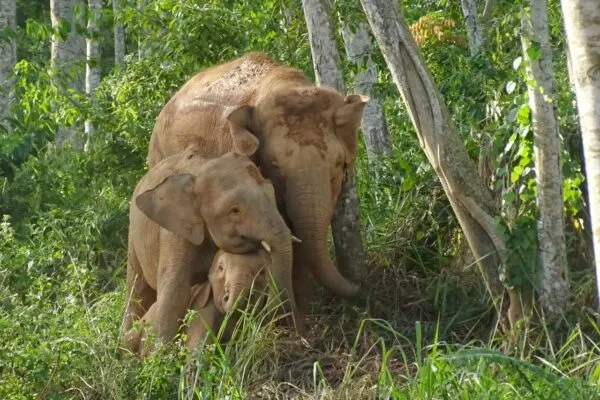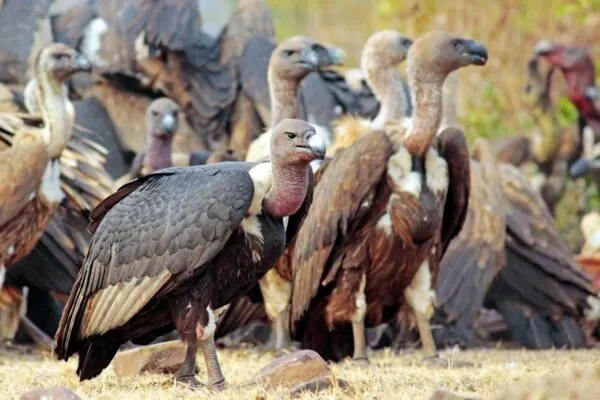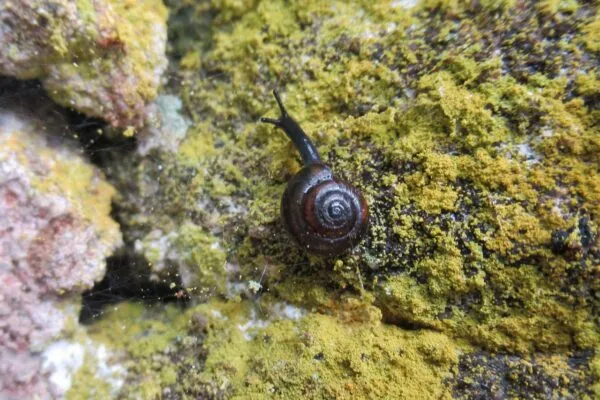Endangered Jaguar Reintroduced to Wetlands of Argentina after 70 Years
Marking a significant development in the wildlife ecosystem, the endangered jaguar has been reintroduced to the wetlands of central Argentina earlier this month. After 70 years, jaguars are once again prowling the ground of Ibera Wetlands, a vast region filled with swamps, waterways, and islands in northeastern Argentina’s Corrientes province.
Two weeks ago, three jaguars – two 4-month-old cubs, Karai and Pora, and their mother Mariua – were released into Gran Ibera Park, which was established in 2018 by the NGO Tompkins Conservation. This reintroduction of jaguars in the region is part of a grand scheme of rewilding the Ibera Wetlands by reinstating several species, including the jaguar that was once pushed toward local extinction due to hunting and habitat loss.
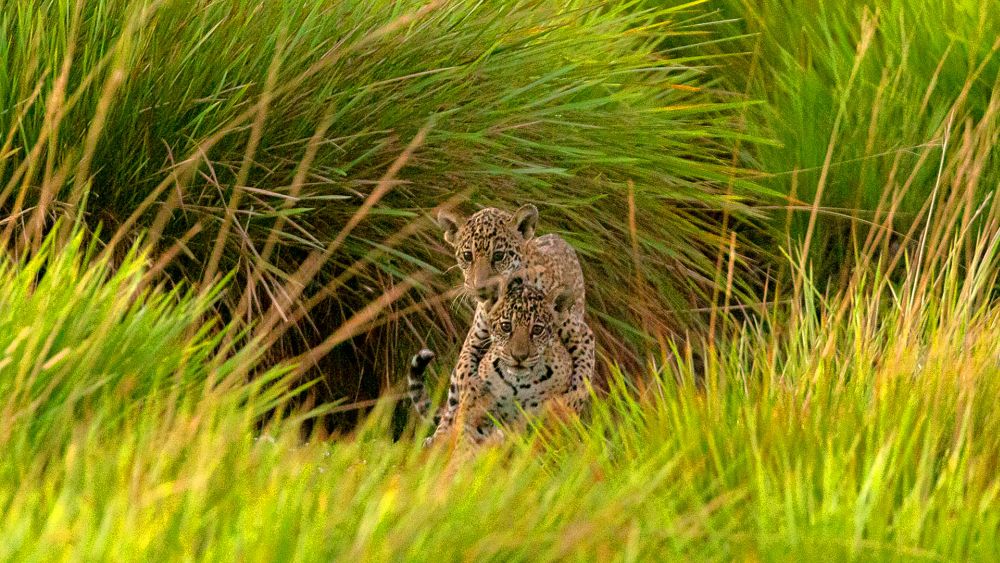
The endangered jaguar has been reintroduced to the wetlands of central Argentina | Image: Rewilding Argentina Foundation
Jaguar populations used to roam across the Americas, ranging from the southwestern United States all the way down to Patagonia in southern Argentina. Currently, the species, which is classified as near threatened by the IUCN Red List, has disappeared from 40 percent of its original range due to habitat loss, fragmentation, hunting, and human-wildlife conflicts. The situation is more severe for the species particularly in Argentina, where jaguars have lost over 95 percent of their territory over past the 150 years.
The plan is to release at least another six jaguars into Gran Ibera Park over the course of a year, with the goal of building a healthy, genetically diverse population. The team aims to release females since they have small territories and disperse less, which should help ensure that the animals stay within the park. The park has the capacity to house about 100 jaguars.
According to Sebastian Di Martino, director, Rewilding Argentina Foundation,
They were hunted because they were harming cattle and the best way to face the problem was to hunt them, and also because of the cultural background of killing the big predator… Once we release several females, then we release the first male because the male sets the territory based not only on the prey availability, but also on female availability and if we don’t have a group of females already living in the territory, he will also start to disperse [in search of] females.
Over the past 14 years, several other animals such as giant anteaters, pampas deer, white-lipped peccaries, and red-and-green macaws have been reintroduced into the park as part of the rewilding process.
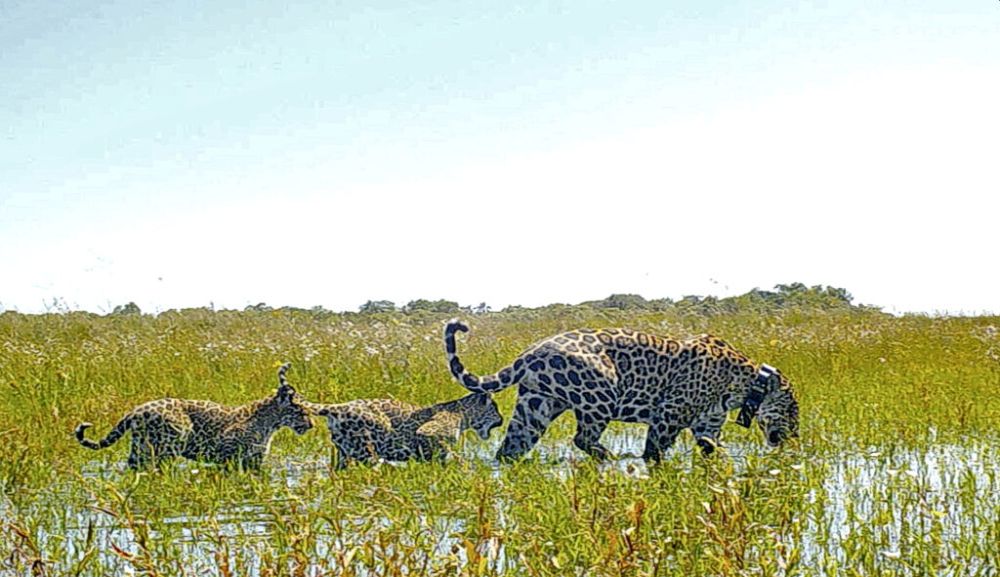
Three jaguars – two 4-month-old cubs and their mother – were released into Gran Ibera Park | Image: Rewilding Argentina Foundation
Agustín Paviolo, a jaguar expert researcher at CONICET (the National Research Council of Argentina) at the Instituto de Biologia Subtropical of the University of Misiones in Argentina, said,
The project has been carefully planned for many years. The experience is very relevant to jaguar conservation worldwide. We are not only restoring a population where the species became extinct but also we are learning how to reproduce and prepare jaguars to be reintroduced in the wild. We expect that this experience could serve to lead the way of jaguar recovery in many regions of America.
According to a study conducted between 2012 and 2018, about 19 live jaguars were seized by authorities from wildlife traffickers in the region. The project aims to conserve various endangered species from the damage that poaching and wildlife trafficking has caused to wildlife species.
The success of this entire project could open up many avenues for rewilding several other threatened species. Amid the rapidly changing climatic patterns, rising global temperatures, habitat loss, and fragmentation it has become imperative to put in more efforts for wildlife conservation.
